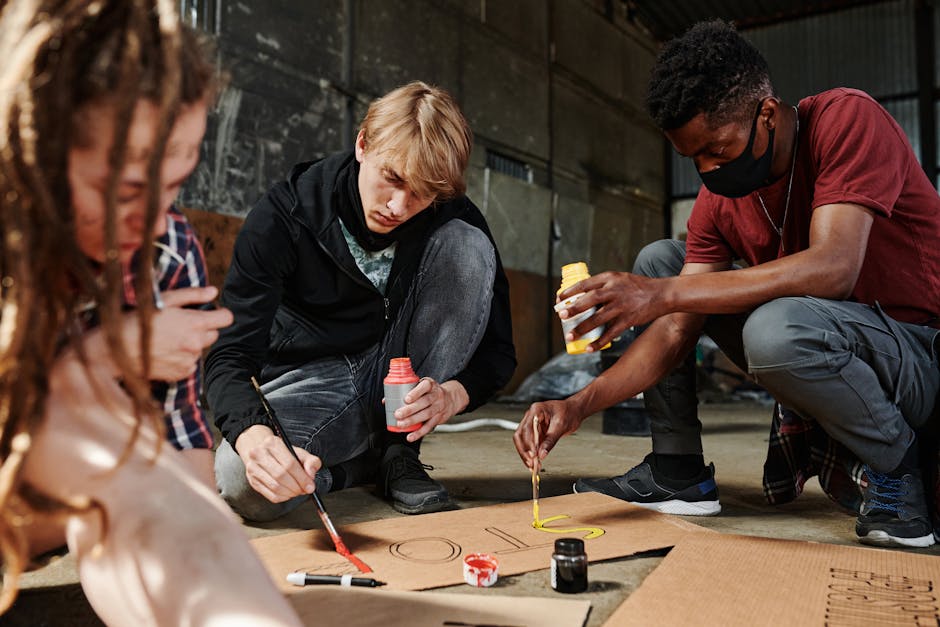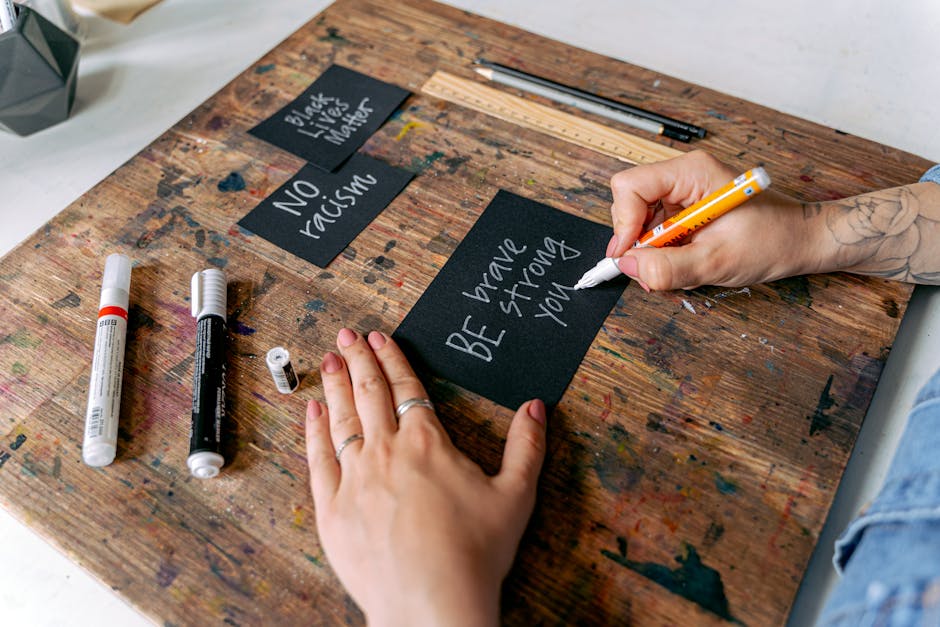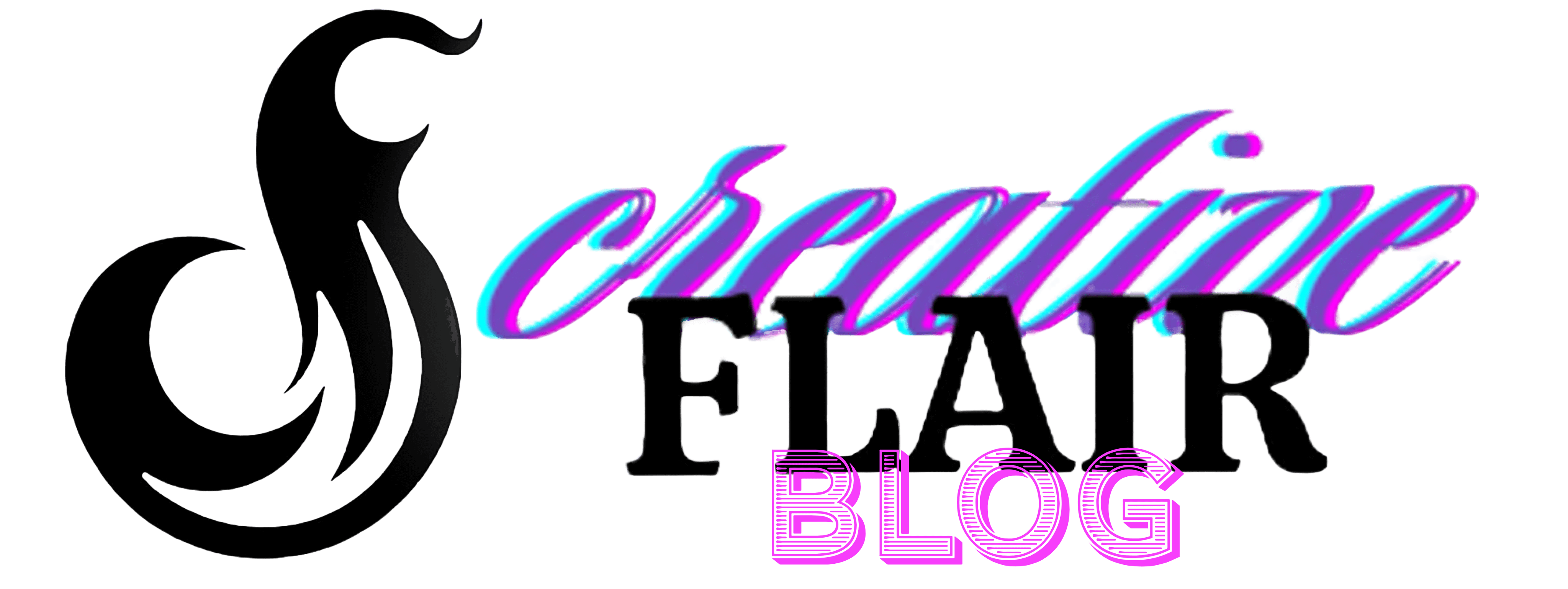Art as a Tool for Social Change
Art speaks volumes for social change. Murals and street art champion justice, tackling societal issues head-on. Diego Rivera's frescoes transformed walls into dialogues about migrant rights and racial tensions, inspiring change at the governmental level.
Across America, murals of George Floyd illuminate calls for racial justice, sparking reforms. Keith Haring's characters dance across urban canvases, echoing both joy and longing for LGBTQIA+ rights. The AIDS Memorial Quilt threads together stories of love, loss, and resilience.
Murals serve as historical billboards proclaiming past injustices and envisioning an equitable future. Kalonji Gilchrist's works draw attention to mass incarceration and voter suppression. The Guerrilla Girls challenge biases in the art world while holding a mirror up to society's blind spots.
Dorothea Lange's photographs confront us with uncomfortable truths about internment and discrimination. Her images of Japanese American internment camps became torchbearers for justice, illuminating paths for future dialogues on freedom and equality.
Each painting, photograph, and installation reminds us of what was, what is, and what could be when art and advocacy intersect, reshaping the landscape of social change.
Representation and Identity in Art
Artists harness their creativity to offer new perspectives on identity and race, challenging societal norms and exposing prejudice. Kara Walker's silhouette art illuminates racial history, forcing viewers to confront uncomfortable truths. Jaune Quick-to-See Smith's vibrant canvases explore the interplay of Native American identity and modern culture, challenging cultural appropriation.
These creators reveal underrepresented identities, constructing visual dialogues that transcend the personal. Graciela Iturbide's photographs capture the essence of gender and identity within Indigenous Mexican communities, honoring women's strength and femininity.
The Guerrilla Girls tackle gender discrimination in the art world with potent, tongue-in-cheek posters. Keith Haring's murals celebrate the vibrant energy of the LGBTQIA+ community, his figures leaping off walls in joyous defiance of suppression.
Through each brushstroke, photograph, and silhouette, these artists invite us to witness humanity's rich diversity. They challenge us to see, understand, and advocate for a world where each identity is valued, reflecting a dynamic spectrum in our constantly changing world.
Art in Education and Community Engagement
Art breathes life into education, fostering creativity and social awareness. The Arts and Social Justice Program at Emory University exemplifies this, blending courses, community initiatives, and collaborations with local institutions like Spelman College.
In these classrooms, art becomes a tool for students to explore justice and equity. Atlanta-based artists pair with faculty, reimagining traditional courses as canvases for change. As Bird Harris, a former artist fellow, noted, "ASJ empowered me and my students to bring our full imaginations to class."
Students engage with their communities through:
- Exhibitions
- Festivals
- Interactive workshops
From murals to performance art, each project tells a story and invites dialogue about identity, justice, and change. Local artists like T. Lang and Kacie Luaders further enrich these initiatives, fusing various art forms with social discourse.
By embedding art in curricula and community projects, educational spaces become ecosystems where ideas take root and blossom into movements. This approach fosters an environment where art not only reflects society but empowers students and communities to envision and create a more just future.

Challenges and Opportunities in Social Justice Art
Social justice artists face significant challenges, from securing funding to navigating public reception. Unlike commercial art, social justice art often relies on grants, donations, and sponsorships. Partnerships with nonprofits, community groups, and academic institutions provide crucial support and amplify artists' voices.
Public reception can be unpredictable, with audiences ranging from enthusiastic supporters to vocal critics. This dual reception offers opportunities for dialogue, allowing artists to refine their message and broaden their impact.
Technology presents new avenues for reaching global audiences. Social media platforms become virtual galleries, enabling artists to spark viral campaigns and foster international collaborations. This digital expansion allows for transformative impact on a global scale.
Collaboration stands as a significant opportunity. By joining forces with other artists, activists, and community stakeholders, creators can pool resources and amplify their reach. These collaborations foster interdisciplinary approaches that blend various forms of expression, resonating across a spectrum of social justice issues.
Through these challenges and opportunities, social justice artists adapt and persist. Their work continues to ripple through communities, each piece a testament to the enduring power of art as an agent of change.

Art bridges gaps and fosters understanding, serving as a catalyst for social change. It urges us to confront and reshape the stories that define our society, challenging us to envision a world where justice and equity prevail.
- Ansari R. Weeksville Heritage Center: A Conversation with Rob Fields and Eboni Banks. The Brooklyn Rail. 2019.
- Emory University. Arts and Social Justice Program Celebrates Five Years. Emory News Center. 2024.
- National Endowment for the Arts. Art for Life's Sake: The Case for Arts Education. American Academy of Arts and Sciences. 2021.
- Learning for Justice. Painting a Just Picture: Art and Activism. Southern Poverty Law Center. 2022.























